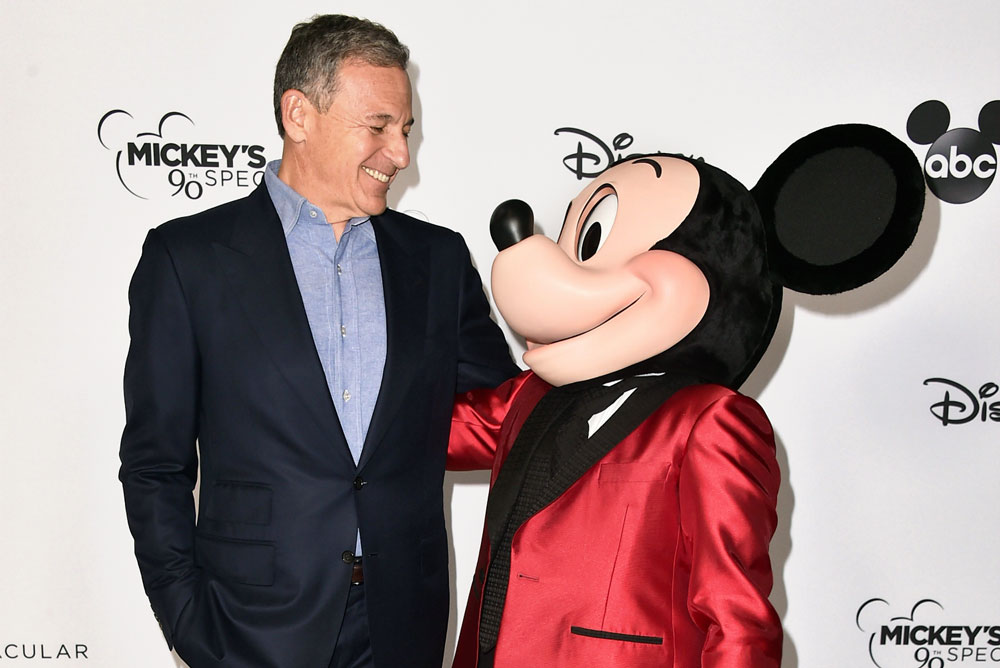
During the Walt Disney Company’s first quarter fiscal year 2023 earnings call, Bob Iger shared more details about restructuring and spending reductions, announcing workforce reductions. This post details where layoffs will and won’t occur, including new details from Parks Chairman Josh D’Amaro and how Walt Disney World and Disneyland will likely be impacted.
One of the bombshells that Iger shared during his opening remarks on the earnings call was that the Walt Disney Company will be cutting $5.5 billion in costs. That will be made up of $3 billion from reductions in content, and the remaining $2.5 billion from non-content cuts. Disney executives said about $1 billion in cost cutting was already underway since last quarter.
To achieve these reductions, Bob Iger indicated that Disney would be eliminating 7,000 jobs from its workforce “to address the challenges” that Disney is facing. Iger went on to say that he “did not make this decision lightly. I have enormous respect and appreciation for the talent and dedication of our employees worldwide, and am mindful of the personal impact of these changes.”
This reduction is approximately 3.2% of the roughly 220,0000 people that the Walt Disney Company employed as of the start of this fiscal year, according to an SEC filing. Per Disney, the aforementioned cost cuts will be comprised of approximately 50% marketing, 30% labor, and 20% technology procurement and other expenses.
The workforce reduction amounts to $750 million in cost savings for the company, meaning that the average annual salary of these positions is probably around $75,000 once you factor in what taxes, insurance, benefits, and so forth add to the company’s total cost of an employee. To put that into context, the average wages for frontline Cast Members at Walt Disney World put their annual income at around $35,000.
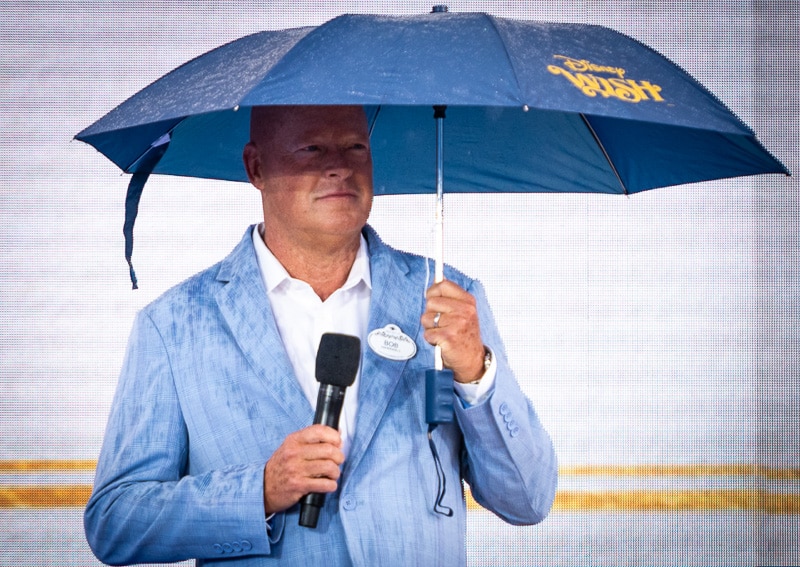
This news did not come as a complete surprise. It follows Bob Chapek’s memo to executives back in November that “tough and uncomfortable” cost-cutting decisions would be made, including a hiring freeze, layoffs, and other austerity measures. Shortly after returning to the helm, Bob Iger held a Cast Member Town Hall and was asked about that hiring freeze. “It felt like it was a wise thing to do in terms of the challenges, and at the moment, I don’t have any plans to change it,” Iger said at the time.
More recently, Bob Iger sent a return-to-work mandate. In our view, he did that to reduce headcount, trimming Disney’s number of employees without the unpleasantness of layoffs. It wouldn’t be the first time in recent history–Imagineering’s relocation to Lake Nona will be different means to the same end. All of these changes will result in attrition, as some employees won’t want to return to the office or move across the country.

Then there’s the restructuring that effectively eliminates the controversial Disney Media and Entertainment Distribution (DMED) unit, which was created by Chapek and vocally opposed by Iger. The day following his return, Iger announced the “reorganization” of this unit. As part of that, Kareem Daniel, chairman of Disney Media and Entertainment Distribution and protege of Bob Chapek, was fired.
In his memo to DMED, Iger said: “Over the coming weeks, we will begin implementing organizational and operating changes within the company. It is my intention to restructure things in a way that honors and respects creativity as the heart and soul of who we are. As you know, this is a time of enormous change and challenges in our industry, and our work will also focus on creating a more efficient and cost-effective structure.”
“I’ve asked Dana Walden, Alan Bergman, Jimmy Pitaro, and Christine McCarthy to work together on the design of a new structure that puts more decision-making back in the hands of our creative teams and rationalizes costs, and this will necessitate a reorganization of Disney Media & Entertainment Distribution,” Iger continued.
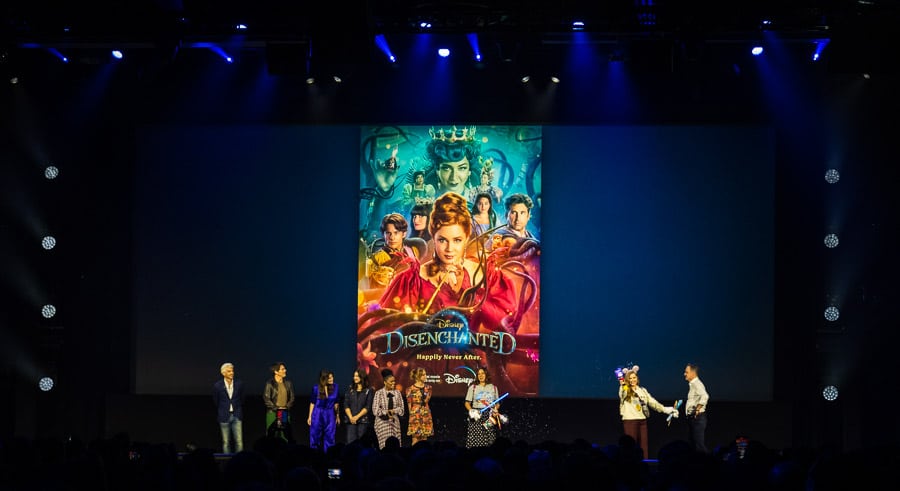
While discussing the cost-cutting during the earnings call, Iger echoed this comments: “Now, it’s time for another transformation, one that rationalizes our enviable streaming business and puts it on the path to sustained growth and profitability, while also reducing expenses to improve margins and returns. This better positions us to weather future disruption increased competition and global economic challenges.”
“Our company is fueled storytelling and creativity. In virtually every dollar we earn every transaction, every interaction with our consumers emanates from something creative. Always believed that the best way to spur great creativity is to make sure that the people who were managing the processes feel empowered. Therefore, our new structure is aimed at returning greater authority to our graded leaders and, making them accountable for how the content performs financially. Our former structure severed that link and it must be restored.”

From Iger’s memo back in November, it was apparent that consolidation and layoffs were coming. That was further reinforced by Iger’s noncommittal response during the Cast Member Town Hall only a few days later. Again, the return-to-office mandate survived the same purpose.
What’s interesting here is that Iger never used the word “layoff” during the earnings call. Instead, he used phrases like “reducing our workforce by approximately 7,000 jobs.” That sounds the same, but is a distinction with a difference. Reducing 7,000 jobs can mean pulling listings for unfilled positions. It can mean not filling open positions when there are employee departures resulting from, for example, people quitting rather than returning to the office. It’s entirely possible, if not probable, that Disney will actively lay off far fewer employees than 7,000.
Of course, that doesn’t make job loss any easier, and we’re not suggesting it does. Honestly, I think there’s something perverse about this–Wall Street has been responding positively to layoffs, and Iger appeared to lean into that. He could’ve minimized the workforce reduction, pointing out how much would be accomplished indirectly or organically. Instead, he highlighted the total. It might not seem like a big thing either way; the people who lose their jobs will be impacted the same, regardless, and will take little solace in how it was framed.
However, we’ve made a big deal about optics and how much messaging matters, criticizing Chapek for his blunt and cold communications, and how that’s antithetical to the image of the Walt Disney Company. Iger deserves the same criticism for this. He could have announced this in a letter to Cast Members, highlighting their importance, the difficulty of the decision, and why it had to be done. The active layoffs could’ve then occurred immediately. Instead, he made the announcement to investors, leaving employees in limbo and uncertainty for however long before the cuts are actually made.
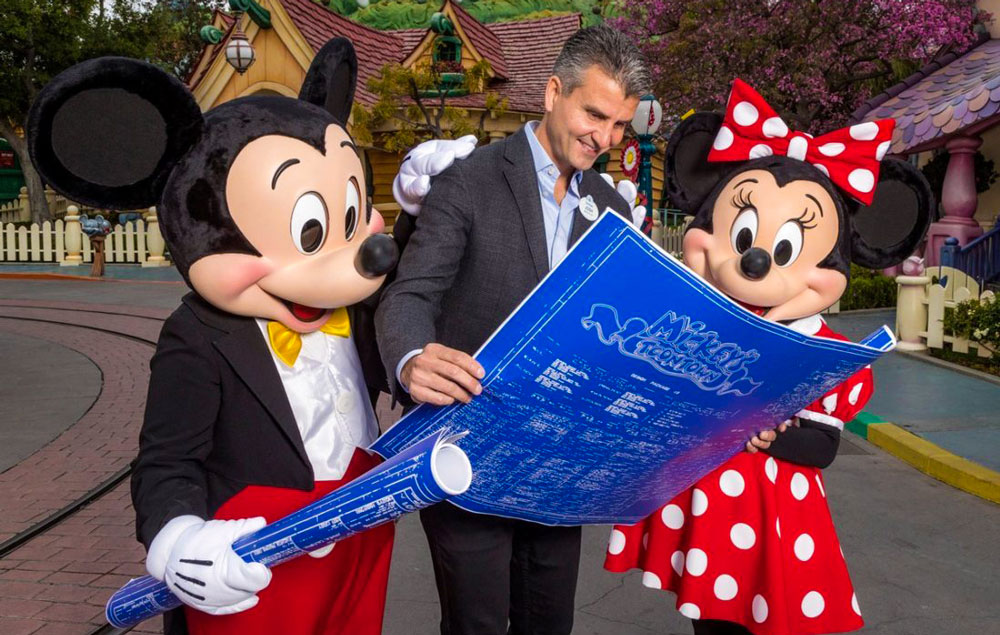
This brings us to Parks Chairman Josh D’Amaro, and the letter he did send to Cast Members in his division the day after the earnings call. In that, he shared details announced during that and reiterated the reorganization plan that Bob Iger laid out. “Our colleagues in Disney Media and Entertainment Distribution (DMED) and International Content and Operations (IC&O) will be immediately joining either Disney Entertainment, ESPN, a shared services team that supports both of those new business segments, or a corporate organization,” D’Amaro explained.
D’Amaro then went on to say how “extraordinarily proud of the resilience you all have displayed” he was following a few years of disruption and change. This continued with a few paragraphs that essentially thanked Cast Members for their hard work and in helping to make the magic and deliver an exceptional guest experience. Exactly the type of heartwarming stuff you’d expect in a letter about layoffs. Again, doesn’t make it any better for those impacted, but it’s the right thing to do (and what Iger should have done).
D’Amaro concluded: “Finally, as was shared on the earnings call, the company is targeting significant savings across all businesses and the reorganization will result in necessary reductions to our overall workforce. While our teams have made great progress in contributing to cost savings, these measures affect every segment and organization — including ours — and are vital as we implement more cost-effective, coordinated, and streamlined operations.”
“As we determine our approach on achieving these savings, we will remain focused on delivering the best guest and consumer experiences, and do not expect this to affect our hourly frontline Operations roles. I know how difficult this is to hear and understand the anxiety that comes with this kind of uncertainty. We will do everything we can to be transparent as things progress, and most importantly, we will act with respect and care every step of the way.”
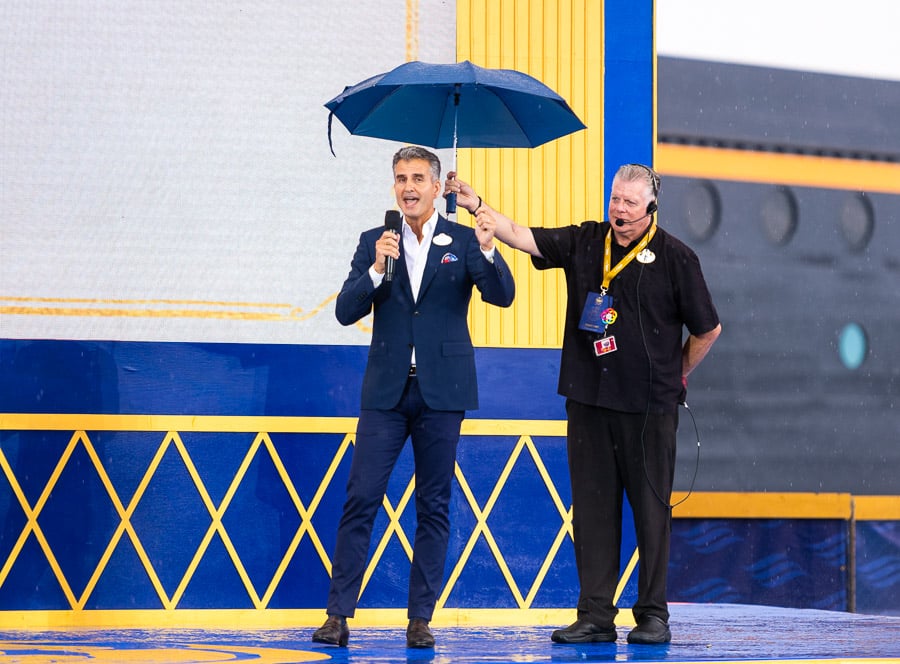
This is frustrating and reinforces the point above that the workforce reduction was announced on the earnings call for the benefit of Wall Street. If Iger and D’Amaro prioritized employees, didn’t make the decision lightly, and truly understood the anxiety that comes with this kind of uncertainty, they would’ve announced the layoffs and made them within the span of a few days.
From an employee perspective, there’s no compelling reason to announce layoffs in advance and have them occur at a TBD date in the future. That only introduces anxiety and uncertainty, including among frontline Cast Members who are at next to no risk of losing their jobs. This is precisely what the company would be trying to avoid if they were truly acting “with respect and care every step of the way.” (In fairness, I guess D’Amaro didn’t say who this was respectful and caring towards–maybe he meant investors!)
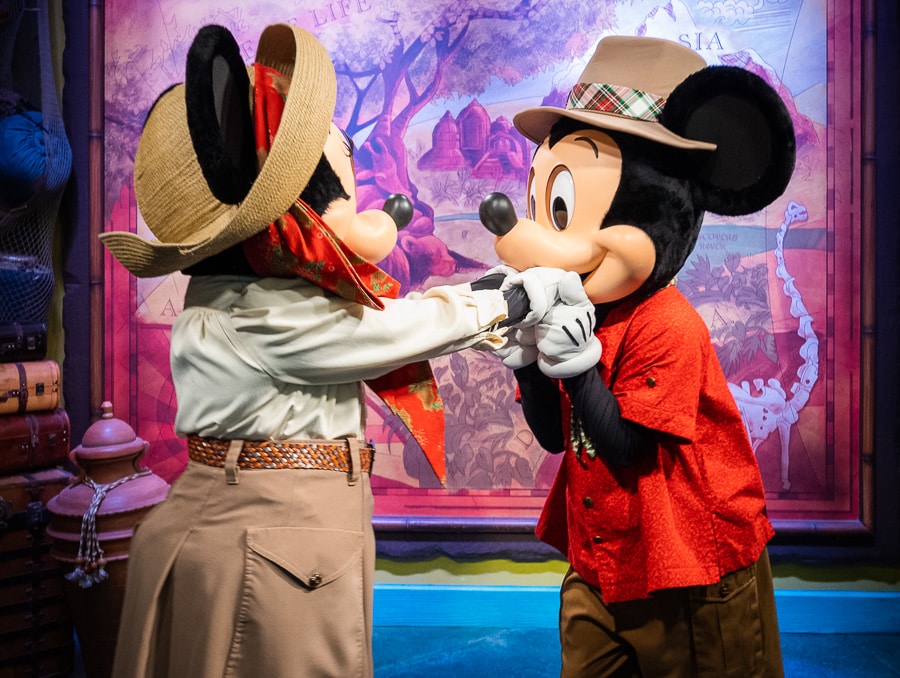
As we’ve said before, this probably will not have much of a guest-facing impact at Walt Disney World or Disneyland. For one thing, Josh D’Amaro stated that the company does not expect this to affect hourly frontline Operations roles, which is most Cast Members you see at Walt Disney World and Disneyland. (Cynics might note that “do not expect” uses a weasel word–we don’t think that’s actually an issue.)
More another thing, there’s the difference between the annual average salary of those being laid–$107,000–versus the average annual income of Walt Disney World Cast Members–$35,000. Of course, a few highly-compensated executive departures (and a couple have already been announced) can skew the average, but we doubt that’s the case here. The DMED unit being absorbed likely constitutes the bulk of the cuts, and those are not Parks & Resorts Cast Members.
Then there’s the reality of staffing shortages at both Walt Disney World and Disneyland. If you’ve read even a few posts here over the last two years, you’ve likely heard us blame this or that on not enough Cast Members. That’s the reason characters have been slow to return, restaurants still aren’t offering all meal services, and so much more. Staffing shortages have become something of a boogeyman (except real) for which we’ve blamed many if not most of Walt Disney World’s operational shortcomings.

While improving tremendously, staffing shortages remain a key impediment to fully normal operations at Walt Disney World. The company has had tremendous difficulty filling certain key roles, and turnover is incredibly high–even as Disney hires aggressively, it has been losing employees almost as quickly as it can onboard them. Improved morale when Iger returned likely helped with this issue, but this approach to workforce reduction might inflict new damage to that.
As a result of this, Disney has left money on the table–because it has literally been unable to fill tables at restaurants, offer a full slate of upcharge offerings, and increase park capacity. In a nutshell, this is why the layoffs won’t impact many, if any, frontline Cast Members.
This is also why Walt Disney World still has more job fairs scheduled in the next two weeks and has continued posting new positions even after the earnings call. This is not an oversight–Walt Disney World will almost certainly continue to hire even amid the layoffs.

Meanwhile, Universal Orlando proactively issued a press release announcing that its parks & resorts are attempting to fill more than 2,500 full-time, part-time, seasonal, and professional positions ahead of spring break and summer. Roles are available in areas such as custodial, parking & transportation, food & beverage, lifeguards, security, paramedics, entrance operations, call center, and more.
The company also indicated that career opportunities are available in finance, information technology, marketing, sales, and human resources. “Competitive base hourly pay is offered for all Universal Orlando team members,” Universal said in its press release. Depending upon the position, frontline starting wages range from $16.50 to over $20 per hour.
Universal also offers employee perks that include free park admission, discounts, guest passes, and tuition reimbursement. Anyone interested in a job with Universal Orlando Resort can apply online at universalorlandojobs.com. Considered candidates will be contacted for in-person, virtual, or phone interviews.

Honestly, there doesn’t seem to be much difference between the approaches of Universal Orlando and Walt Disney World. The number of unfilled jobs between the two theme park complexes probably differs, but the idea is the same. That arguably makes the headline here misleading–but that should underscore the importance of optics.
Bob Iger announced that Disney is reducing its workforce by 7,000. Universal announced that its Florida theme park complex is hiring 2,500. Iger could have announced corporate consolidation as the theme parks continue to grow their workforce, but chose not to do so. Universal issued its own press release, possibly poising itself to capitalize on the uncertainty and anxiety of WDW Cast Members in a tight labor market for frontline positions. The headline is thus accurate.
(For its part, Comcast-owned NBCUniversal is also reportedly laying off a small number of employees in select divisions as the austerity measures outlined last year start to take effect. Thus far this has been small scale, but Peacock is hardly a success story, so that could change. For now, the point stands and there’s a clear contrast between what Disney has announced and what Universal has announced.)
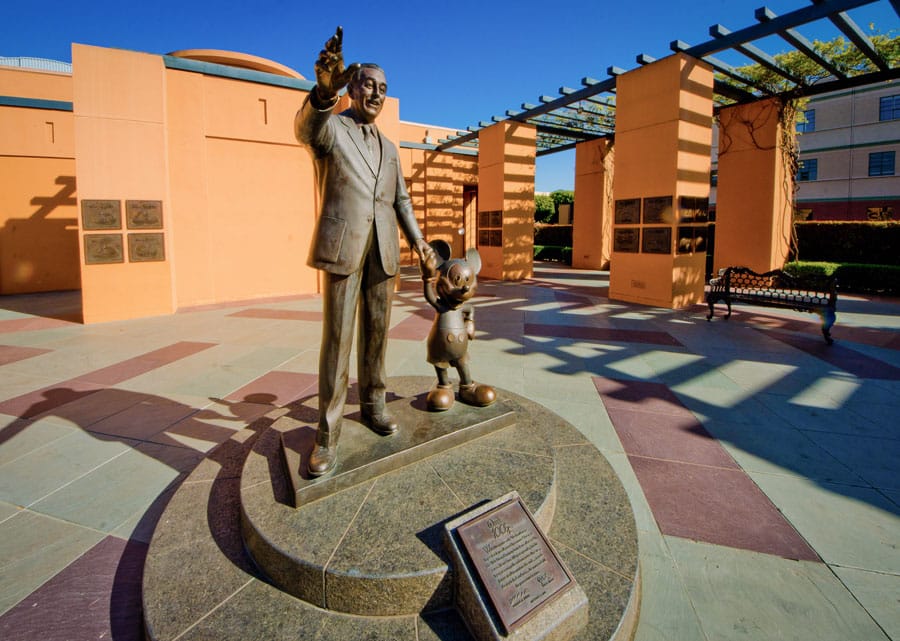
Ultimately, it’s likely that the bulk of the 7,000 jobs being eliminated from the Walt Disney Company’s workforce are white collar office workers, and not frontline Cast Members. To the extent that they do occur at Walt Disney World or Disneyland, they’re more likely to be in the management ranks and, again, not Cast Members that staff attractions, restaurants, character meet & greets, etc.
Layoffs are awful if you’re the one negatively impacted and no amount of semantics change the outcome at the end of the day. Still, there’s a right and wrong way to embark upon job cuts humanely and responsibly. From my perspective, it’s very difficult to argue that what Disney has done here is the “right” way to conduct layoffs.
I hope the temporary bump to the stock price was “worth it,” because nothing happens in a vacuum. The hit to morale and unintended losses as talented employees (even those who would’ve been safe!) voluntarily leave will be another cost that Disney pays for this. On the same call that the cost-cutting was announced, Disney stated that a goal was to increase capacity and attendance at both Walt Disney World and Disneyland. Good luck trying to find more Cast Members to help accomplish that.
Planning a Walt Disney World trip? Learn about hotels on our Walt Disney World Hotels Reviews page. For where to eat, read our Walt Disney World Restaurant Reviews. To save money on tickets or determine which type to buy, read our Tips for Saving Money on Walt Disney World Tickets post. Our What to Pack for Disney Trips post takes a unique look at clever items to take. For what to do and when to do it, our Walt Disney World Ride Guides will help. For comprehensive advice, the best place to start is our Walt Disney World Trip Planning Guide for everything you need to know!
YOUR THOUGHTS
What do you think of the Walt Disney Company’s decision to reduce its workforce by 7,000 jobs? Will have a guest-facing impact at Walt Disney World or Disneyland? Do you think Disney is going about these layoffs in the right or wrong way? How are you feeling about the future of Walt Disney World, Disneyland, or the company in general now that Iger is back at the helm? Think things will improve or get worse throughout this year? Do you agree or disagree with our assessment? Any questions we can help you answer? Hearing your feedback–even when you disagree with us–is both interesting to us and helpful to other readers, so please share your thoughts below in the comments!





